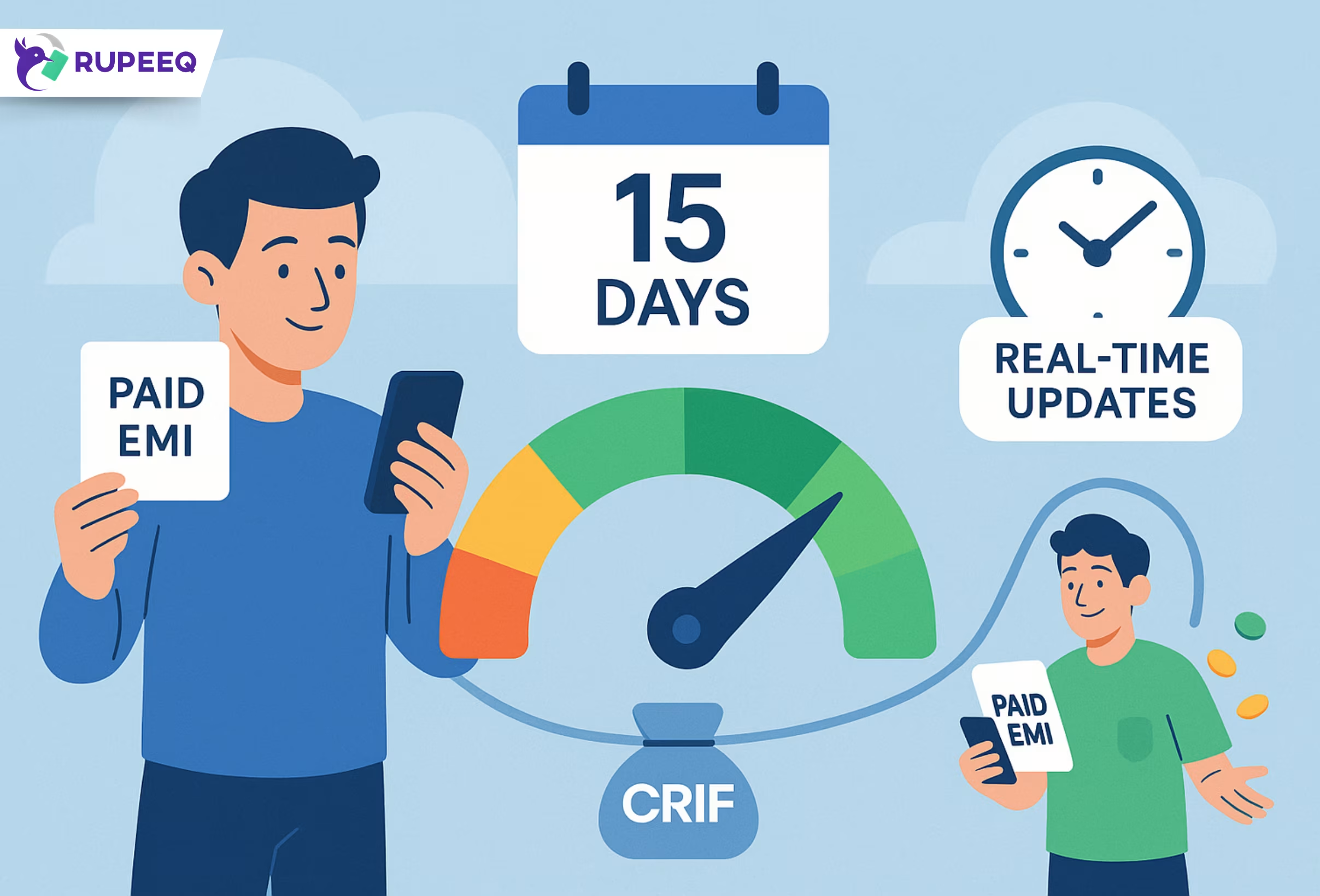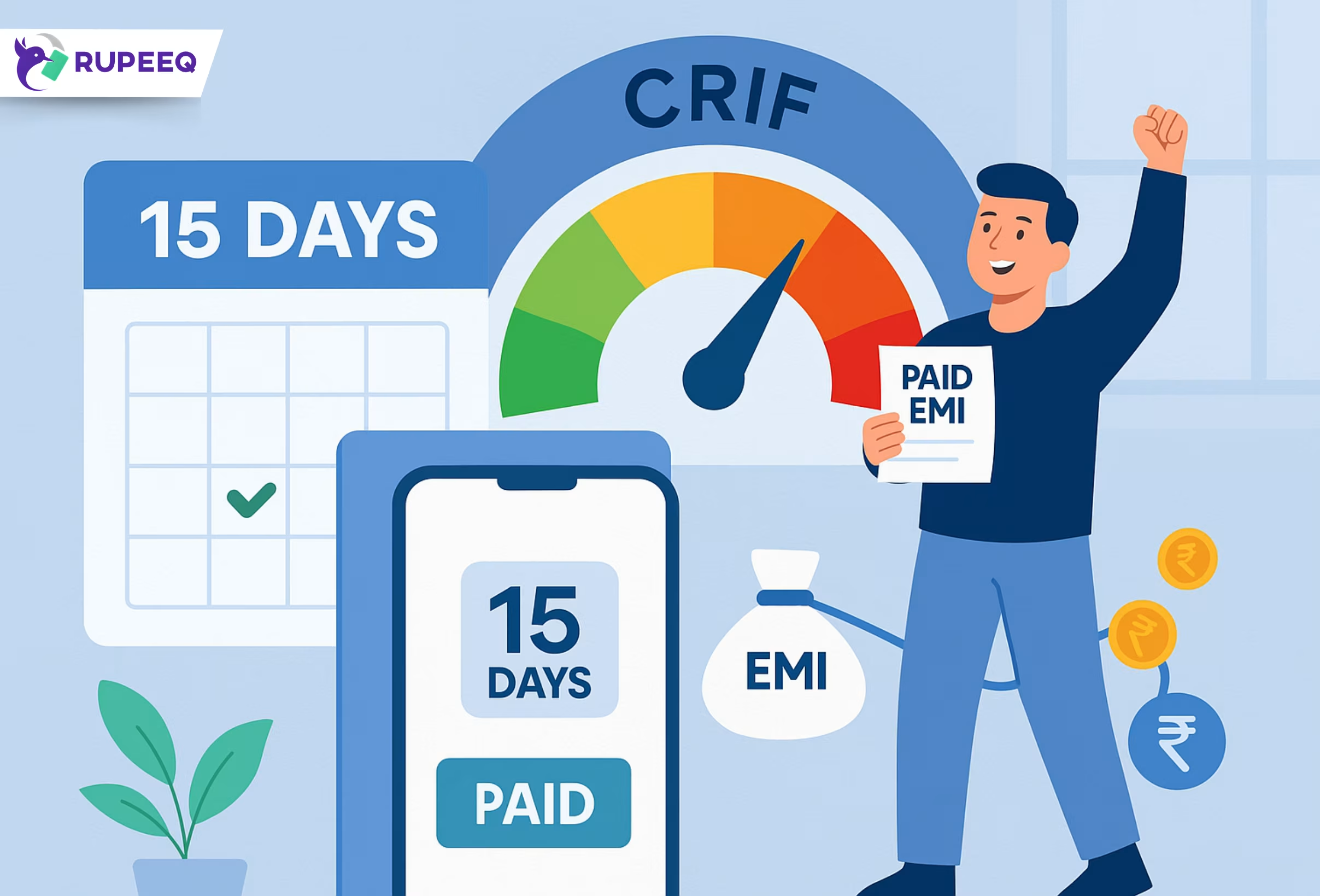If your income is not steady every month, maintaining a good CRIF score might seem like a challenge. But don’t worry—there are practical ways to build and boost your credit score even if you are a freelancer, gig worker, self-employed professional, or someone with irregular cash flow. In this blog, we will help you understand how income patterns affect your CRIF score and what you can do to overcome it.
Let’s break down the best strategies that work even when your income fluctuates.
Why Irregular Income Affects Your CRIF Credit Score
CRIF credit scores are calculated based on your credit history, repayment habits, credit utilization, and more. If your income is irregular, you might struggle to pay EMIs on time, miss due dates, or use credit cards to stay afloat—these all hurt your score.
Many lenders see irregular income as a risk because it makes your ability to repay less predictable. As a result, maintaining discipline and financial planning becomes even more crucial.
1. Prioritize Timely EMI Payments—Even in Low-Income Months
Even one missed EMI can negatively affect your CRIF score. So the first and most important rule is to always pay your dues on time—whether it’s a personal loan, vehicle loan, or credit card bill.
How to manage this with irregular income:
- Create a buffer fund during high-income months.
- Set up auto-debit instructions for minimum payment if possible.
- Negotiate with lenders for flexible payment dates aligned to your income pattern.
2. Avoid Over-Reliance on Credit Cards
If your income fluctuates, it might be tempting to swipe your credit card often. However, using more than 30% of your credit limit regularly can bring your CRIF score down.
Example:
| Credit Limit | Safe Usage (30%) | Risky Usage (70% or more) |
| ₹1,00,000 | ₹30,000 | ₹70,000+ |
High utilization without repayment also increases your credit burden and makes it look like you depend too much on borrowed money.
3. Use Small Loans Strategically to Build History
If your income pattern is uneven but you have low or no existing credit history, small-ticket loans like Short-Term Personal Loans (STPLs) can help.
Borrowing ₹10,000 to ₹50,000 and repaying in 3–6 months shows credit discipline—this is especially useful for gig workers or freelancers.
RupeeQ Tip:
RupeeQ partners with lenders that offer flexible STPLs even to people with variable income. You can compare pre-qualified offers based on your credit report.
4. Maintain a Good Mix of Secured and Unsecured Loans
A healthy mix of loans (e.g., a home loan, personal loan, or consumer durable loan) shows you’re able to handle different kinds of debt. If you have only unsecured loans (like personal loans or credit cards), it might affect your CRIF score.
Try to include a secured loan (like a gold loan or secured credit card) in your credit profile. These are easier to manage even during low-income months and create a more stable profile for CRIF to assess.
5. Monitor Your CRIF Report Frequently for Errors
Even if you’re managing your loans well, a wrong entry in your credit report can pull your score down. With a fluctuating income, you can’t afford to let a mistaken overdue or default tag remain unnoticed.
Make it a habit to check your CRIF report every 2–3 months.
- Look for any old accounts that should be closed.
- Ensure payments are being reported correctly.
- File a dispute immediately for any errors.
RupeeQ Tip:
Use RupeeQ’s free credit score check powered by CRIF to instantly download and review your report. It’s a soft inquiry, so it won’t affect your score.
6. Choose Loan Tenures Wisely
People with unpredictable income often opt for shorter loan tenures to avoid long-term commitments. But this increases the EMI amount.
Instead, choose longer tenure loans with lower EMIs. This will ensure that even in lean months, you don’t default. You can always prepay when you have extra income.
Example:
| Loan Amount | Tenure | EMI | Flexibility |
| ₹50,000 | 3 months | ₹17,000+ | Rigid |
| ₹50,000 | 6 months | ₹9,000+ | More manageable |
7. Don’t Apply for Multiple Loans at Once
Each time you apply for a loan, lenders run a hard inquiry on your CRIF report. If you apply multiple times in a short span—especially during income dips—it shows credit desperation and hurts your score.
Be selective. Compare offers on platforms like RupeeQ that do soft checks before shortlisting the best lenders.
8. Create an Emergency Credit Buffer
Set aside even small amounts during high-earning periods to create a buffer. This helps in two ways:
- You don’t miss payments during low-income periods.
- You avoid borrowing at high interest when things get tight.
Use tools like liquid mutual funds or recurring deposits to park your savings and withdraw when required.
9. Avoid Being a Co-Borrower If You Can’t Track It
If you’re helping a friend or relative by becoming a co-borrower or guarantor, their missed EMIs will impact your CRIF score—even if your own loans are on track.
Only agree to be a co-borrower if:
- You fully trust the borrower.
- You are financially stable enough to repay in case they default.
10. Pay More Than the Minimum Whenever You Can
Making only the minimum payment on a loan or credit card might protect you from late fees, but it does not improve your CRIF score significantly.
Whenever you get a good month in your income cycle:
- Make part-prepayments.
- Clear revolving credit dues fully.
- Reduce your credit utilization ratio.
These actions improve your credit behavior profile in CRIF’s records.
Final Thoughts
You don’t need a fixed salary to maintain or improve your CRIF score. All it takes is financial discipline, timely repayments, and smart use of credit. By planning for low-income months and leveraging platforms like RupeeQ to access the right tools and products, even freelancers and self-employed professionals can achieve a strong credit profile.
Start small, stay consistent—and your CRIF score will improve, regardless of how unpredictable your income is.







